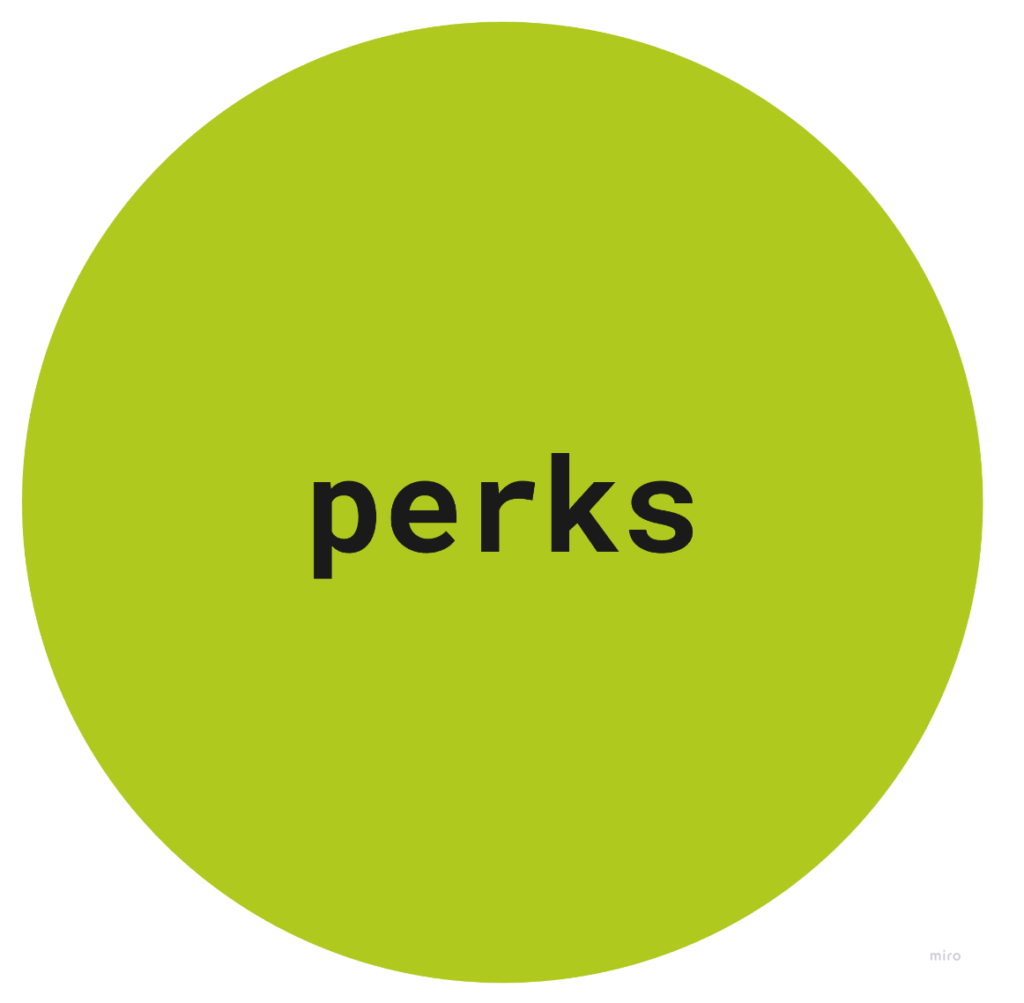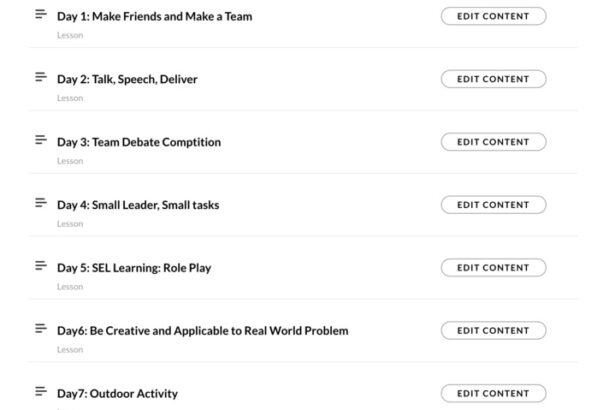In 2011, in Yerevan, Armenia, a free after-school program for teenagers opened with the idea to give students agency for their own learning. At the TUMO Center for Creative Technologies, 12-18 year old students take charge of their own learning at the intersection of technology and design. Thanks to each of the students’ unique learning paths, through a blend of self-learning activities, workshops and project labs, TUMOians master a broad array of learning areas from programming, 3D modeling, game development to animation, music, filmmaking, and beyond. But most importantly, students cultivate qualities of agency and empathy. TUMO believes that its students learn because they want to. Since 2011, TUMO opened its doors in multiple cities in Armenia, and proved to be just as transformational for its students in international centers in France, Germany, Portugal, Albania, and beyond.
Having spent around ten years with the program, as a student and as a team member, I decided to devote my PCE project to TUMO. I concentrated on a few ways in which elements of system-level, mostly automated personalization can reach students with unique support.
The Learner Profile give in-depth understanding of each student’s needs, interests, and motivations.

The student dashboard (left) gives learners an overview of their interests, their achievements, and plans.
The revamp of the student path (right) has some additions to the self learning activities and the workshops. It directs the students to make connections, collaborate, and aspire.

Now, let’s dig into each of the components and understand what they convey and why they matter.
The following tools consolidate within a single system that promotes personalization, agency, and collaboration, as well as helps the teacher understand the student’s needs at maximum.


What?
The advanced learner profile is visible to staff only. Together with the student’s interest areas and experience, it holds data on the students’ learning patterns (derived from behavior in self-learning exercises), feedback from previous workshop leaders and student collaborators, collected competencies, an archive of the student’s aspiration journals. The tool creates tags that combine the most commonly used words.
Why?
TUMO caters to over 25,000 students worldwide. Its largest center in the capital of Armenia, Yerevan, serves over 10,000 students. When students attend workshops of various learning areas, they meet various workshop leaders/teachers, and build new relationships with them. Therefore, having automated tools that will enhance the learners’ profiles and give in-depth information about them will help workshop leaders and teachers of all kind cater to the particular students’ needs.
What?
The student path is the (already existing) navigator that breaks down all the self-learning activities, workshops, and labs the students pass to reach their goals. What ONE brings to the path is collaboration and a reflection of the students’ thought process. Some additions to the path are described as separate features in the presentation, so here we’ll concentrate on journals. Every quarter, students reflect on one key question – what has changed? If nothing, it’s also an answer.
Why?
I see the enriched path as a “humanized” path. One that’s not only about learning, but also about thinking and working together.
Teenagers change their minds rapidly, but when they’re exposed to new and exciting knowledge, their ideas of themselves and the world around them reshape. The journals will help both students and admins see how the student thinking was shaped.


What?
Students get matched with peers that share interests around the same areas (for example, six students will be matched, but three of them will be concentrated on animation, two on music, and two on screenwriting) and more rarely gurus that they can connect with. Through these groups, students participate in special interdisciplinary workshops that produce real-world results.
Why?
Promoting collaboration and, equally importantly, friendship is key to an open and inclusive environment such as TUMO. Meeting peers who have complimentary interests will give a perfect preview of the students’ futures in the workplace and, in general, in the world.
What?
Perks bring another element of gamification and another source of motivation to the student experiences. By doing well in their self-learning and workshops, students get points. The smallest amount of points can give the student to choose something fun such as getting a branded pin, picking a song that will be played at the center, getting a museum ticket, up to higher costing perks such as an opportunity to connect with an industry guru or visit a dream company office.
Why?
Why not? Student will get a little bit more motivation and additional fun. They will understand concepts around cultivating capital and spending it. They generate more positive memories associated with TUMO.


What?
In addition to learning paths, students will have their personal accounts. These accounts be virtual and visual representations of their personality – they will collect an overview of all the components of their experiences – interests, competencies, feedback, journals, path, points, connections. Students will be able to customize their accounts and moreover, they’ll be able to use points and add special elements such as one-of-a-kind clothing for their profile emojis and special colors. Students can visit each others’ accounts.
Why?
Accounts help students have a general picture of their progress and also cultivate a feeling of ownership. Building their virtual worlds and profiles is somethings children and teens to as a form of leisure (Minecraft, Roblox), so adding these elements to an educational environment will mix learning with fun and will motivate students to work even more.



